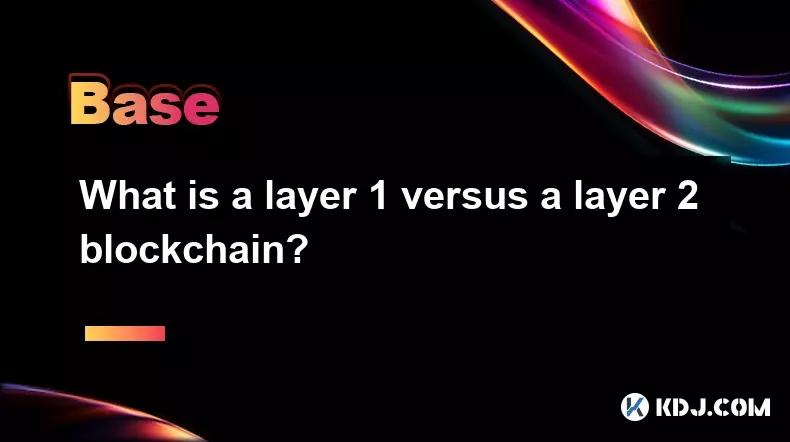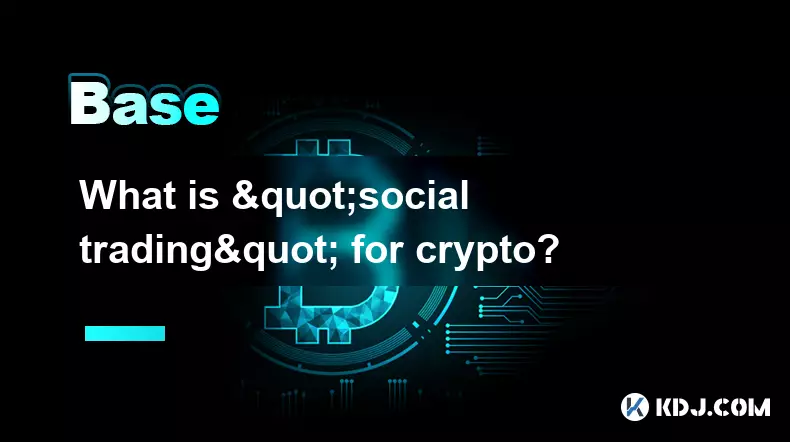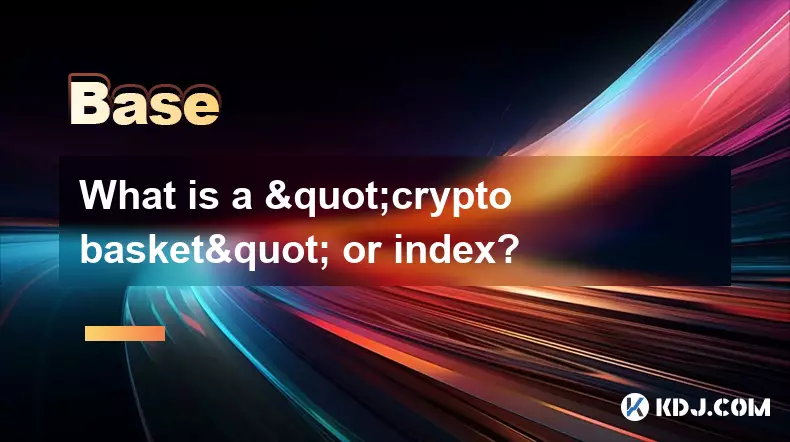-
 Bitcoin
Bitcoin $112100
0.77% -
 Ethereum
Ethereum $4474
3.78% -
 XRP
XRP $2.851
0.46% -
 Tether USDt
Tether USDt $1.000
0.01% -
 BNB
BNB $856.0
0.45% -
 Solana
Solana $209.3
1.04% -
 USDC
USDC $0.9998
-0.02% -
 Dogecoin
Dogecoin $0.2216
3.68% -
 TRON
TRON $0.3420
1.19% -
 Cardano
Cardano $0.8415
1.56% -
 Chainlink
Chainlink $23.79
1.74% -
 Hyperliquid
Hyperliquid $46.03
3.38% -
 Ethena USDe
Ethena USDe $1.001
0.04% -
 Sui
Sui $3.399
2.98% -
 Bitcoin Cash
Bitcoin Cash $599.8
3.03% -
 Stellar
Stellar $0.3628
-0.44% -
 Avalanche
Avalanche $25.24
4.29% -
 Cronos
Cronos $0.2809
9.58% -
 Hedera
Hedera $0.2203
0.68% -
 UNUS SED LEO
UNUS SED LEO $9.526
-0.04% -
 Litecoin
Litecoin $112.7
0.88% -
 Toncoin
Toncoin $3.188
0.41% -
 Shiba Inu
Shiba Inu $0.00001253
0.80% -
 Polkadot
Polkadot $3.891
2.61% -
 Uniswap
Uniswap $9.732
2.10% -
 Bitget Token
Bitget Token $4.971
-2.70% -
 Dai
Dai $0.0000
0.01% -
 World Liberty Financial
World Liberty Financial $0.2148
-8.62% -
 Aave
Aave $327.8
3.77% -
 Monero
Monero $270.0
1.47%
What is a layer 1 versus a layer 2 blockchain?
Layer 1 blockchains provide foundational security and decentralization, while Layer 2 solutions enhance scalability by processing transactions off-chain and settling back on Layer 1.
Sep 04, 2025 at 11:18 am

Understanding Layer 1 Blockchains
1. Layer 1 blockchains refer to the foundational base protocols that form the core of a blockchain network. These networks handle transactions, consensus mechanisms, and data storage directly on their native chain. Examples include Bitcoin, Ethereum, and Solana. Each operates with its own rules and security model, processing transactions without relying on external systems.
2. The primary advantage of Layer 1 solutions is their inherent security and decentralization. Since consensus is achieved directly among network participants through mechanisms like Proof of Work or Proof of Stake, there is no dependency on secondary frameworks. This independence ensures that transaction validation remains trustless and transparent.
3. However, Layer 1 blockchains often face scalability challenges. As transaction volume increases, networks can become congested, leading to higher fees and slower confirmation times. For instance, Ethereum’s popularity has repeatedly caused network bottlenecks during periods of high demand.
4. To address these limitations, some Layer 1 blockchains implement protocol upgrades. Ethereum’s transition from Proof of Work to Proof of Stake is a notable example, aimed at improving efficiency and reducing energy consumption. These upgrades are complex and require broad community consensus, making them slow to deploy.
5. Despite scalability issues, Layer 1 remains the cornerstone of blockchain infrastructure. Their robustness and reliability make them ideal for storing high-value transactions and maintaining long-term security.
The Role of Layer 2 Solutions
1. Layer 2 blockchains are built on top of existing Layer 1 networks to enhance scalability and performance. They operate by processing transactions off the main chain and later settling the final state back on Layer 1. This approach reduces congestion and lowers transaction costs while inheriting the security of the underlying blockchain.
2. Common Layer 2 technologies include state channels, sidechains, and rollups. Rollups, such as Optimistic and zk-Rollups, bundle multiple transactions into a single proof and submit it to the main chain. This significantly increases throughput without compromising decentralization.
3. One of the most widely adopted Layer 2 solutions is the Lightning Network for Bitcoin. It enables near-instant micropayments by opening payment channels between users. Only the opening and closing of these channels are recorded on the Bitcoin blockchain, minimizing on-chain activity.
4. Layer 2 systems allow developers to experiment with new features and faster transaction speeds without altering the core protocol. This flexibility supports innovation in decentralized finance (DeFi), gaming, and non-fungible token (NFT) platforms.
5. Because Layer 2 solutions rely on the security of Layer 1, they maintain a high level of trust while achieving greater efficiency. This hybrid model balances performance with the foundational integrity of the original blockchain.
Differences in Consensus and Security Models
1. Layer 1 blockchains establish their own consensus rules and validate every transaction directly on-chain. This requires all nodes in the network to agree on the state of the ledger, ensuring a high degree of immutability and resistance to attacks.
2. In contrast, Layer 2 solutions may use different consensus approaches depending on their design. Some rely on fraud proofs, others on cryptographic validity proofs, and some operate with centralized validators that periodically commit data to Layer 1.
3. Security in Layer 2 systems is ultimately anchored to the Layer 1 blockchain. Even if a Layer 2 network experiences an issue, the main chain can enforce correct behavior through dispute resolution mechanisms or data availability checks.
4. The trust model shifts slightly in Layer 2 environments—users must trust the correctness of the off-chain computation, but only as long as the underlying Layer 1 can verify and enforce outcomes. This creates a balance between speed and security.
5. Upgrades to Layer 1 can directly impact Layer 2 functionality. For example, improvements in Ethereum’s data availability or gas efficiency can enhance the performance of rollups built on top of it.
Frequently Asked Questions
What are examples of Layer 2 solutions on Ethereum?Popular Layer 2 solutions on Ethereum include Optimism, Arbitrum, and zkSync. These platforms use rollup technology to process transactions off-chain and submit compressed data to Ethereum, reducing fees and increasing speed.
Can a blockchain exist without a Layer 1?No. Layer 2 solutions depend entirely on a Layer 1 blockchain for final settlement and security. Without a base layer, there would be no source of truth or consensus mechanism to anchor the system.
Do Layer 2 networks have their own tokens?Some do, while others do not. For example, Arbitrum and Optimism have issued their own governance tokens, whereas certain state channel implementations may not require a native token for operation.
How do users interact with Layer 2 networks?Users typically bridge assets from Layer 1 to Layer 2 using dedicated portals. Once funds are transferred, they can engage in faster and cheaper transactions. Withdrawals require a waiting period in some cases, especially for fraud-proof based systems.
Disclaimer:info@kdj.com
The information provided is not trading advice. kdj.com does not assume any responsibility for any investments made based on the information provided in this article. Cryptocurrencies are highly volatile and it is highly recommended that you invest with caution after thorough research!
If you believe that the content used on this website infringes your copyright, please contact us immediately (info@kdj.com) and we will delete it promptly.
- Shiba Inu, Metaverse, Meme Coin: Riding the Waves of Hype and Utility
- 2025-09-04 16:25:15
- Tokenized RWAs, DeFi, and Payments: A New Era in Finance
- 2025-09-04 14:25:14
- XRP Whale Watching: How PEPE and TRUMP Coins Play the Altcoin Game
- 2025-09-04 15:10:12
- BlockDAG, Crypto Rankings, and the Hybrid Model Hype: What's the Deal?
- 2025-09-04 15:25:16
- XRP, Regulators, and a Surge of Optimism: What's Next?
- 2025-09-04 15:25:16
- Bitcoin, Treasury Yields, and Gold: A Wild Ride for Your Portfolio
- 2025-09-04 15:45:25
Related knowledge

What is "backtesting" a crypto trading strategy?
Sep 03,2025 at 10:55am
Understanding Backtesting in Crypto TradingBacktesting is the process of evaluating a trading strategy by applying it to historical market data. Trade...

What is a "crypto trading bot" and do they work?
Sep 02,2025 at 04:19pm
Understanding Crypto Trading Bots1. A crypto trading bot is a software application designed to automate the process of buying and selling cryptocurren...

What is a "copy trading" platform?
Sep 02,2025 at 07:00pm
Understanding Copy Trading in the Cryptocurrency Space1. A copy trading platform allows users to automatically replicate the trades of experienced inv...

What is "social trading" for crypto?
Sep 03,2025 at 09:00pm
Understanding Social Trading in the Cryptocurrency Space1. Social trading refers to a method where investors observe, follow, and automatically replic...

What is a "crypto basket" or index?
Sep 03,2025 at 07:01am
Understanding Crypto Baskets and Their Role in Digital Asset Investment1. A crypto basket refers to a curated collection of multiple cryptocurrencies ...

What are "impermanent loss" calculators?
Sep 03,2025 at 12:00pm
Understanding Impermanent Loss in Decentralized Finance1. Impermanent loss is a phenomenon that affects liquidity providers in decentralized exchanges...

What is "backtesting" a crypto trading strategy?
Sep 03,2025 at 10:55am
Understanding Backtesting in Crypto TradingBacktesting is the process of evaluating a trading strategy by applying it to historical market data. Trade...

What is a "crypto trading bot" and do they work?
Sep 02,2025 at 04:19pm
Understanding Crypto Trading Bots1. A crypto trading bot is a software application designed to automate the process of buying and selling cryptocurren...

What is a "copy trading" platform?
Sep 02,2025 at 07:00pm
Understanding Copy Trading in the Cryptocurrency Space1. A copy trading platform allows users to automatically replicate the trades of experienced inv...

What is "social trading" for crypto?
Sep 03,2025 at 09:00pm
Understanding Social Trading in the Cryptocurrency Space1. Social trading refers to a method where investors observe, follow, and automatically replic...

What is a "crypto basket" or index?
Sep 03,2025 at 07:01am
Understanding Crypto Baskets and Their Role in Digital Asset Investment1. A crypto basket refers to a curated collection of multiple cryptocurrencies ...

What are "impermanent loss" calculators?
Sep 03,2025 at 12:00pm
Understanding Impermanent Loss in Decentralized Finance1. Impermanent loss is a phenomenon that affects liquidity providers in decentralized exchanges...
See all articles

























































































